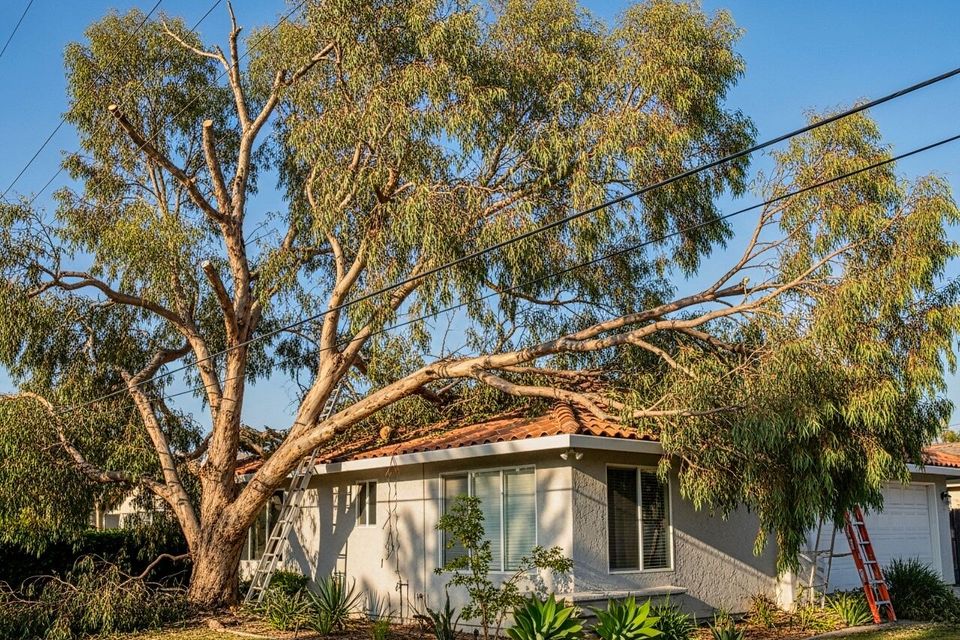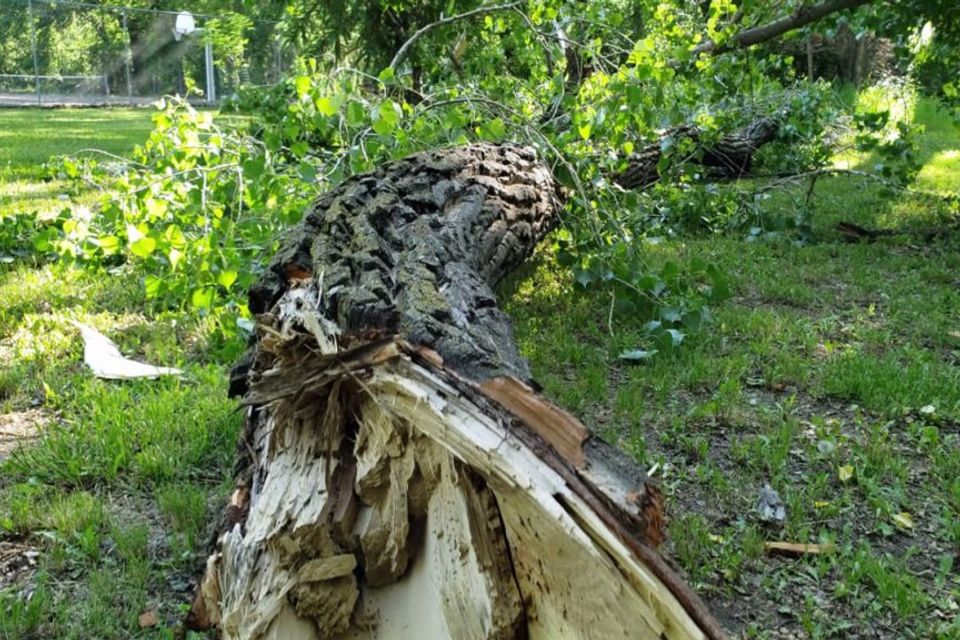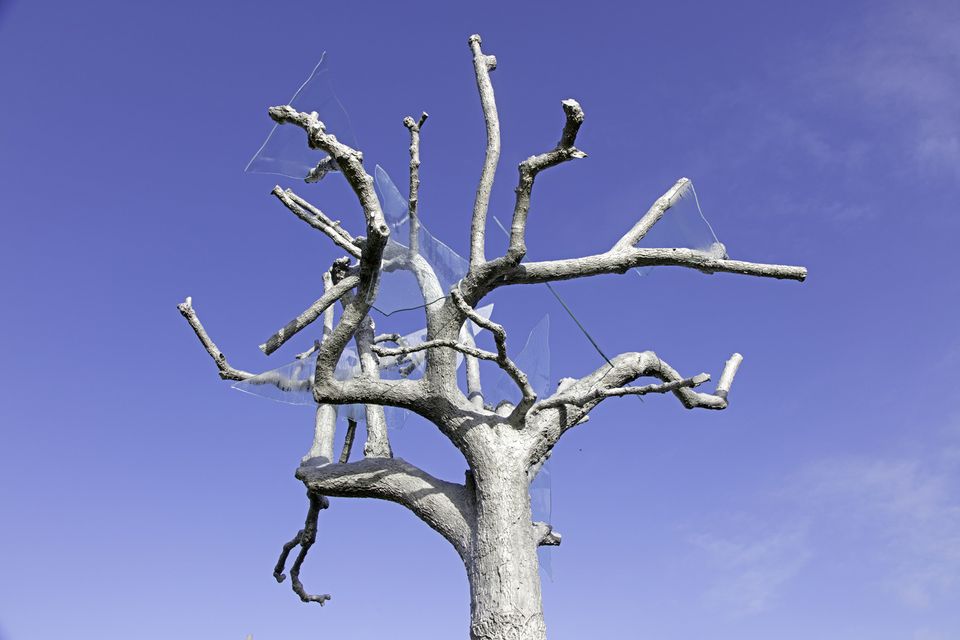Have you ever been enjoying a calm, sunny day when suddenly, a large tree limb crashes to the ground? This phenomenon, known as
sudden branch drop,
sudden limb failure, or
summer branch drop, is a puzzling occurrence that can happen even when there's no wind or apparent reason for a branch to fall.
What is Sudden Branch Drop?
Sudden branch drop refers to the unexpected failure and falling of seemingly healthy tree limbs. This typically happens during the warmer months, often on calm, hot days. The surprising nature of this event makes it particularly concerning, as it can pose a significant safety hazard.
Why Does it Happen?
Despite ongoing research, the exact cause of sudden branch drop remains a mystery. However, several theories attempt to explain this phenomenon:
-
Moisture Imbalance: One theory suggests that high humidity within the tree's canopy can lead to a moisture imbalance, weakening the branch structure.
-
Internal Defects: Hidden cracks, decay, or other internal defects within the branch may weaken it over time, eventually leading to failure.
-
Bacterial or Fungal Activity: Some experts speculate that certain bacteria or fungi could contribute to the weakening of the branch structure.
-
Environmental Stress: Drought, heat stress, or other environmental factors may play a role in predisposing trees to sudden branch drop.
Which Trees Are Affected?
While sudden branch drop can occur in various tree species, it is more commonly observed in mature trees, particularly those with large, heavy limbs. Some species that seem more susceptible include:
- Oak trees
- Eucalyptus trees
- Beech trees
What Can You Do?
Unfortunately, there's no guaranteed way to prevent sudden branch drop, given the uncertainty surrounding its causes. However, you can take some steps to minimize the risk:
-
Regular Tree Inspections: Have your trees regularly inspected by a certified arborist. They can identify potential weaknesses or defects that may increase the risk of branch failure.
-
Proper Tree Care: Ensure your trees receive proper care, including adequate watering, fertilization, and pruning. This can help maintain their overall health and vigor.
-
Pruning: Regular pruning can help remove dead, damaged, or weak branches, reducing the likelihood of them falling.
-
Avoid Parking or Gathering Under Trees: During periods of hot, calm weather, it's best to avoid parking cars or gathering under trees, especially those known to be susceptible to sudden branch drop.
Stay Safe and Informed
Sudden branch drop is a reminder of the unpredictable nature of trees. By staying informed and taking proactive measures, you can help minimize the risk and ensure your safety and the safety of those around you. If you have concerns about the health of your trees, consult with a qualified arborist for professional advice and guidance.




